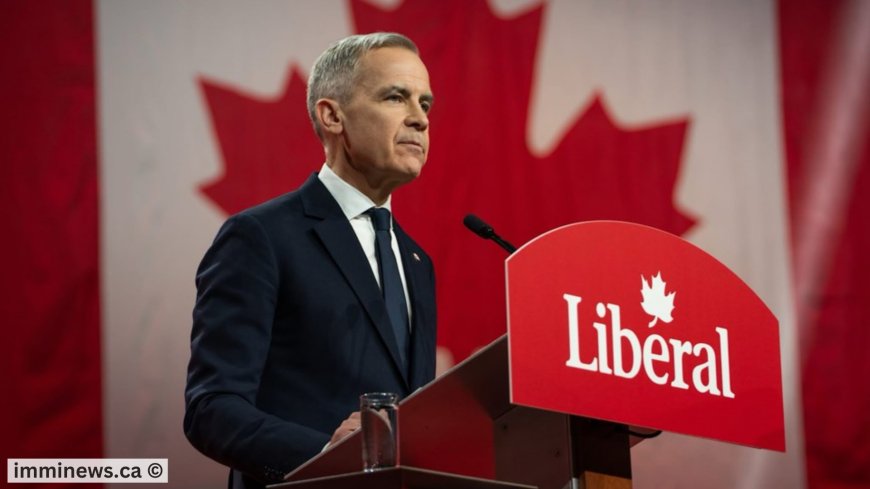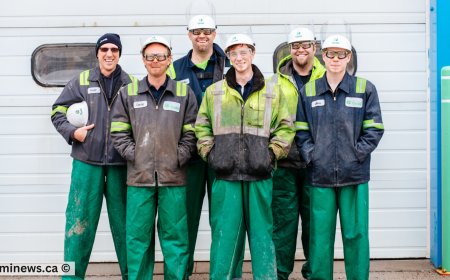Breaking Down the Liberals’ Bold New Immigration Strategy for Canada
Discover the Liberal Party's 2025 immigration plan for Canada, including permanent residency targets, temporary resident caps, and economic immigration strategies.

Canada Immigration policy remains a defining issue as the country prepares for its 2025 federal election. With the Liberal Party projected to form the next government, understanding what their platform entails is crucial for prospective immigrants and current residents alike. The Liberal platform outlines sweeping changes intended to stabilize immigration numbers, reduce temporary residency, and streamline economic pathways. This blog will unpack the significance of these proposed policies and how they might reshape the future of Canada immigration, Canada visa programs, and broader IRCC strategies.
Stabilizing Permanent Resident Admissions
One of the cornerstones of the Liberal immigration policy is stabilizing permanent resident (PR) admissions to "less than 1% of Canada’s population annually beyond 2027." With Canada’s population projected at 41.5 million in 2025, the current targets of 395,000 in 2025, 380,000 in 2026, and 365,000 in 2027 fall within that goal.
This proposed stabilization is aimed at easing pressure on the country’s housing market and public infrastructure, which many believe have been strained by rapid immigration growth. The Liberals argue this recalibration will restore balance while still supporting population growth through strategic immigration. CanadaVisa outlines how such changes may affect different classes of applicants, particularly family and economic class immigrants.
Reducing Temporary Resident Levels
Another major plank in the Liberal policy is reducing Canada’s temporary resident population from its current 7.25% of the population to under 5% by the end of 2027. This would be achieved through:
-
A cap on study permit applications.
-
Restricting eligibility for Post Graduation Work Permits (PGWPs) and Spousal Open Work Permits (SOWPs).
-
Encouraging temporary residents to transition to PR status or leave once their status expires.
The goal is to return to "sustainable levels" of temporary residency. CIC News provides further context on how these reductions align with broader economic goals and public concerns around overpopulation and strained services.
For guidance on how to navigate these changes, visit the A2Zimmi homepage for reliable insights.
Boosting Francophone Immigration Outside Quebec
Canada’s bilingual heritage is also at the heart of the Liberal platform. By 2029, the Liberals aim to increase francophone immigration targets outside of Quebec to 12%. The current trajectory sees this number rising incrementally: 8.5% in 2025, 9.5% in 2026, and 10% in 2027.
This move supports minority French-speaking communities and addresses specific labor and demographic challenges in these regions. It is also a nod to Canada's commitment to multiculturalism and bilingualism, which are critical for regional economic development.
Emphasizing Economic Immigration and Global Talent
The Liberal Party is prioritizing economic immigration through an overhaul of the Global Skills Strategy. This strategy expedites work permits for highly skilled workers and supports Canadian companies in recruiting top global talent.
The platform includes:
-
Revamped pathways for skilled workers from the U.S.
-
Support for entrepreneurs and high-growth startups.
-
Faster foreign credential recognition in partnership with provinces and territories.
These initiatives are designed to strengthen Canada's competitiveness globally and ensure newcomers are job-ready. Such forward-looking policy changes are central to keeping Canada economically vibrant and demographically balanced.
Enhancing Immigration Processing and Integrity
To improve efficiency and integrity in the immigration system, the Liberal platform includes several tech-driven and policy reforms:
-
Adoption of digital tools to reduce application backlogs.
-
Enhanced legal aid support for asylum seekers.
-
Strict enforcement against immigration fraud and unauthorized residency.
-
Collaboration with Quebec for localized immigration governance.
These commitments highlight a dual approach of modernization and enforcement, aiming to deliver a more responsive and fair immigration system.
To ensure you stay ahead of evolving IRCC policies, consider booking a consultation with our experts at A2Zimmi.
The Liberal Party’s proposed immigration changes underscore a shift towards balance and sustainability. From stabilizing permanent residency levels to revamping economic pathways and enforcing immigration compliance, these policies are poised to reshape Canada's future migration narrative.
For those planning to study, work, or settle in Canada, staying informed and prepared is more important than ever.
Visit A2Zimmi or schedule a consultation here to get expert advice today!
What's Your Reaction?
 Like
0
Like
0
 Dislike
0
Dislike
0
 Love
0
Love
0
 Funny
0
Funny
0
 Angry
0
Angry
0
 Sad
0
Sad
0
 Wow
0
Wow
0








































































